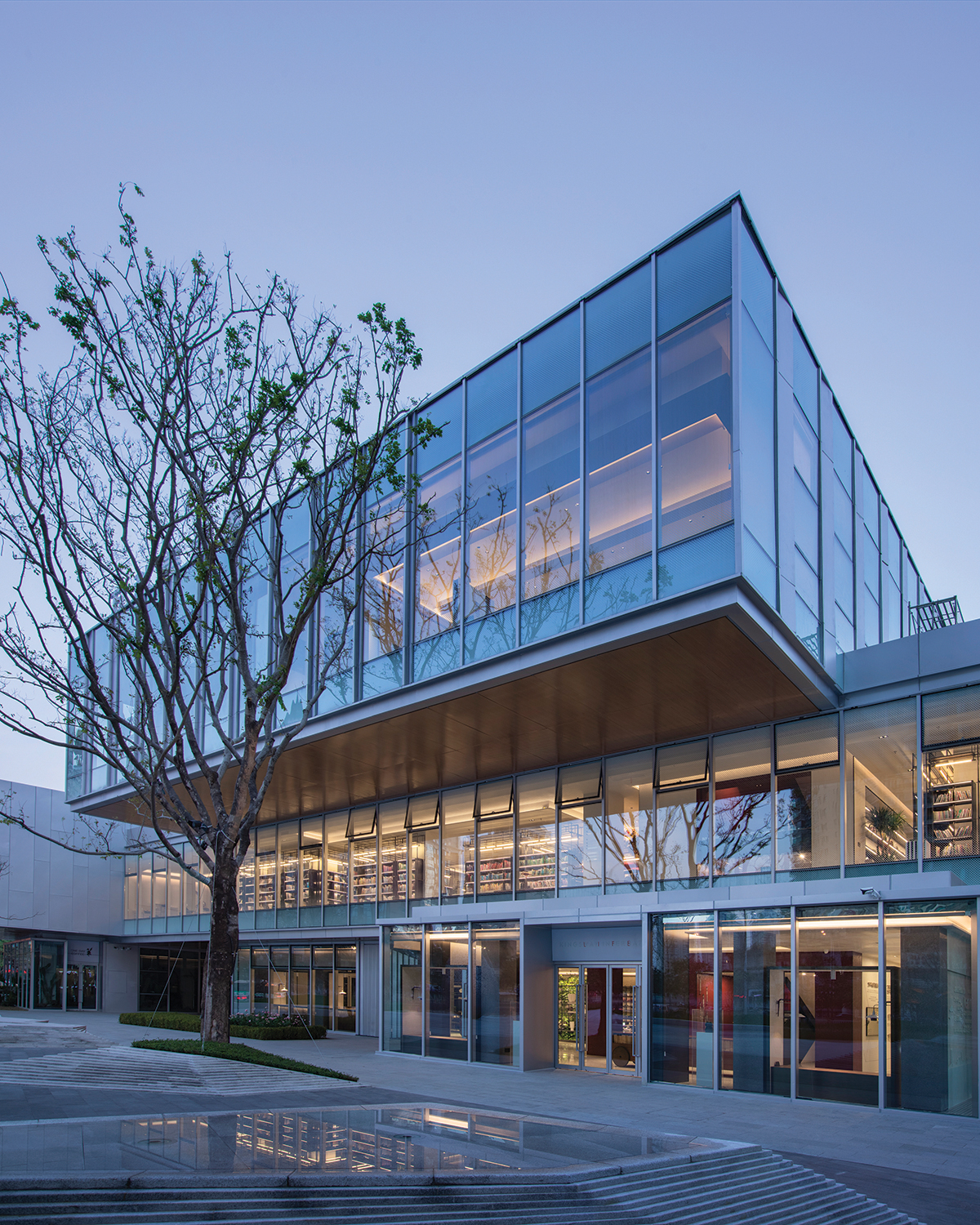
Gathering is the beginning of all civilized behaviors, and people’s gathering leads to the emergence of food, history and emotions. In Fuzhou, known as the “Rongcheng”, people used to gathering under trees and talking about various things and a village culture emerged along with nature. All contains deep emotions showing that it is difficult for urban life to take root. WATERFROM DESIGN responsible for Vanke Cultural Center in Paiwei, Fuzhou, taking “gathering” as the main conceptual axis, is aimed to build a social field that plays a role in the emotional attachment of contemporary life. Here, people can stay naturally, gather and interact. As the No. 2 building will be used as the public library of Fuzhou and for the community’s cultural activities in the future, it must be considered to have a function of storing a variety of books. However, unlike the traditional library using array bookcases, we hope to liberate a large number of bookcases into an organic posture through design, and the bookcases are regarded as houses in the village that have fences, paths, courtyards of communities, and squares that are convenient for gatherings and events. Naturally, the cultural behavior of the settlement is drawn in the two-story space. Next to the floor-to-ceiling window on the first floor, there is a coffee shop with a bar counter where people can enjoyed alone, drinking coffee and reading to interpret their leisurely attitudes the space claims, which links the interior with the street activities. Behind the seats of the counter, we place books and plants at a modeling booth and before and after two glass bookshelves. A layer of books and a layer of greenery are interspersed into a miniature forest with a faint barrier. When people step into it, the scene like an indoor garden comes into view, breaking the stereotyped image of sales office or library. Books that can be displayed and sold and the flexibility of floral or cultural arts also give richer imaginations for future use.
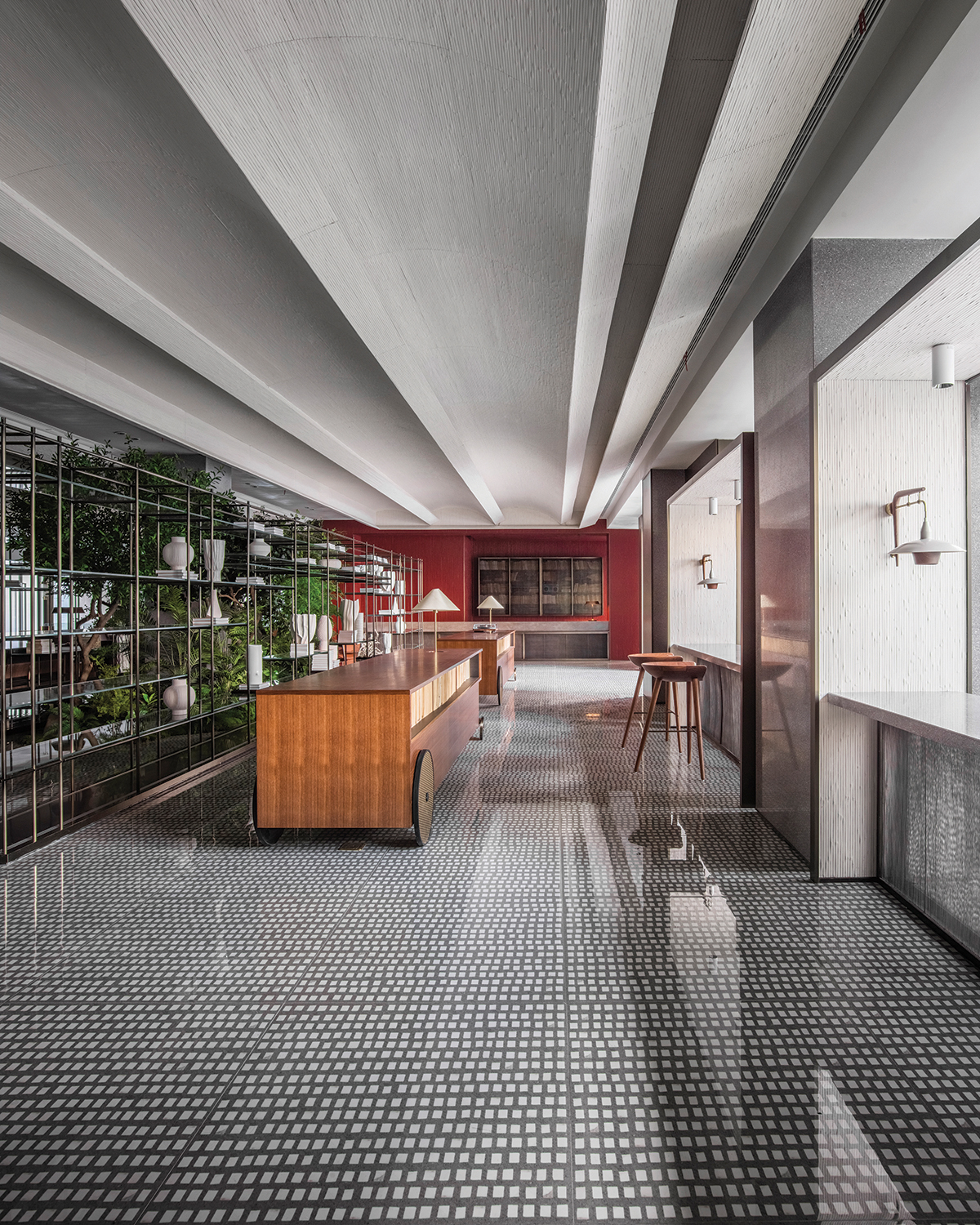

The amber-red corner on the right of the entrance is another eye-catching space impression. Different from a lot of warm gray and off-white neutral silent tone in the room, the reception area is made of fine bamboo slices to create such graceful colors and strengthen the dramatic tension. As Paiwei is abundant in bamboo, we cut the bamboo piece to remove its arc outline, and only retain the bamboo texture and then re-arrange the arrangement to make the bamboo material into a new soft look like silk, and the dot-like bamboo joints are arranged like a password. Modern design vocabulary makes the red color fit in Chinese culture, and the bamboo piece connected with the impression of the Paiwei craft, showing an intriguing novelty. The metal box frame hanging on the wall is full of Fuzhou’s old books and newspapers presenting thick and thin lines with a yellow light of time. At a distance, they are seen as an installation art whose nature is difficult to tell. Similarly dismantle and borrow the vocabulary of bamboo elements which are applied in the ceiling shape. In the first-floor space with horizontal and vertical linear vision as a main part, we created a half-section arched line above the partial space, such as the radian of the bamboo material deliberately enlarged, increasing the rhythmic sensation of the interior architectural lines. Not only that, the surface is covered with white-colored fine bamboo pieces, which highlights the fine groove changes by light and shadow and gives full play to the characteristics of bamboo material in a fashionable but restrained way. The strong visual temperature of amber red has spiraled upstairs from the staircase. On the staircase, there are high-ceilinged bookshelves for exhibiting the printed matters about the local life history of Fuzhou and memories of cultural relics. Then the same-color arrangement is displayed to show a single homogeneous feeling, and the arrangement effect enhanced by filters makes passing people part of the installation art.

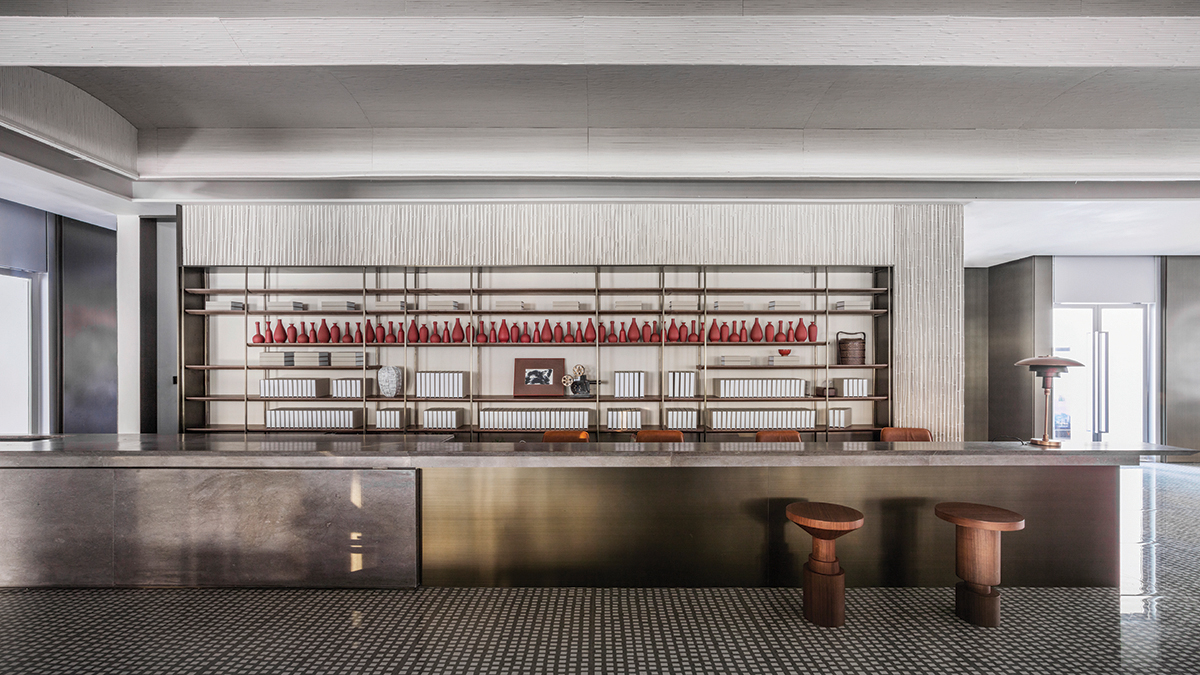
The second floor is the main book display area. The bookshelf becomes the main body of a large number of construction space shapes. Unlike the pure linear axis on the first floor, this floor will use a non-closed bookshelf to construct lines and en-framed scenery. According to the library’s basic functions of collecting books, displaying and providing seats for reading, we mix and match them into bookshelf-shaped components, and at the same time blur the traditional identity of each component. The bookshelf with real and virtual shapes can be used to store books, and you can also find openings to sit and read. The bookcases connected in series with revolving lines naturally form aframed scenery. In the set openings, you can see people walking, looking for books, reading with their heads down, and the postures of plant growth, which makes a scene of activity. More interestingly, books concentrated in specific areas according to thematic attributes form a semi-independent exclusive space with seats to attract like-minded people to gather. Unlike the traditional bookstore’s only behavior model of “people looking for books”, the other model of “book looking for people” is added through the space structure.
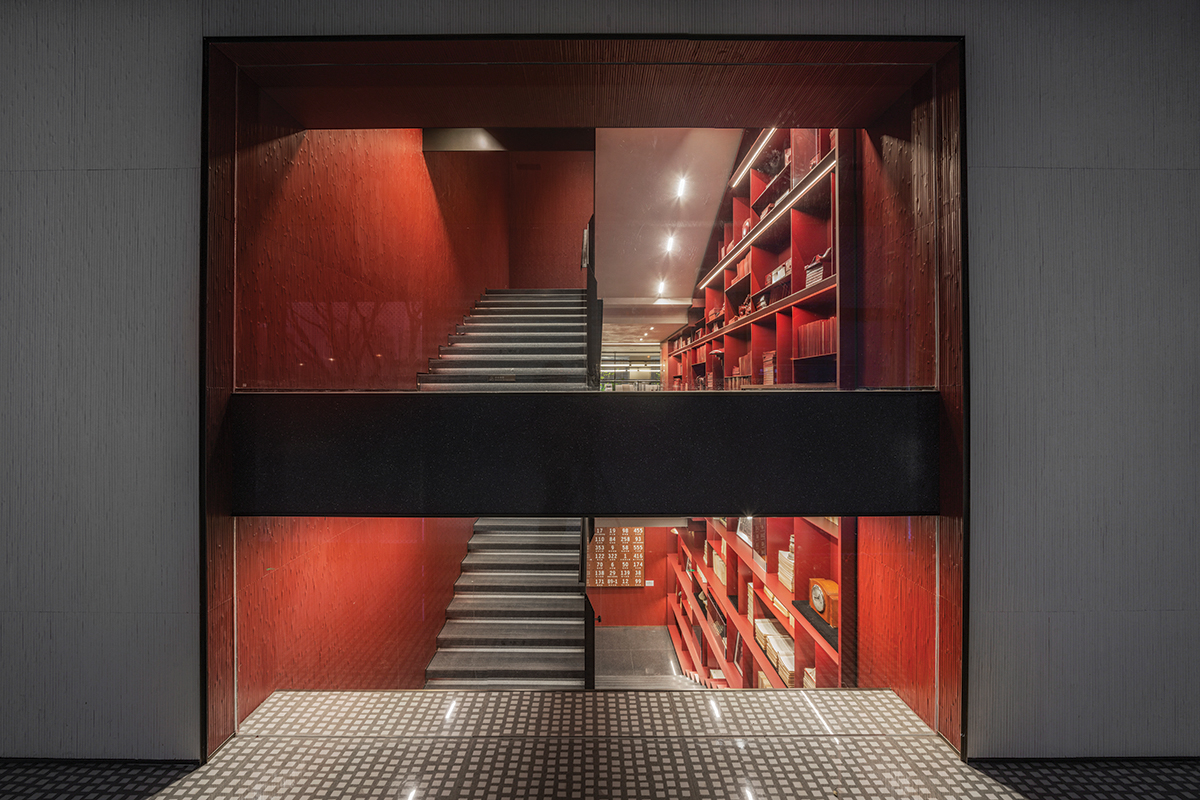
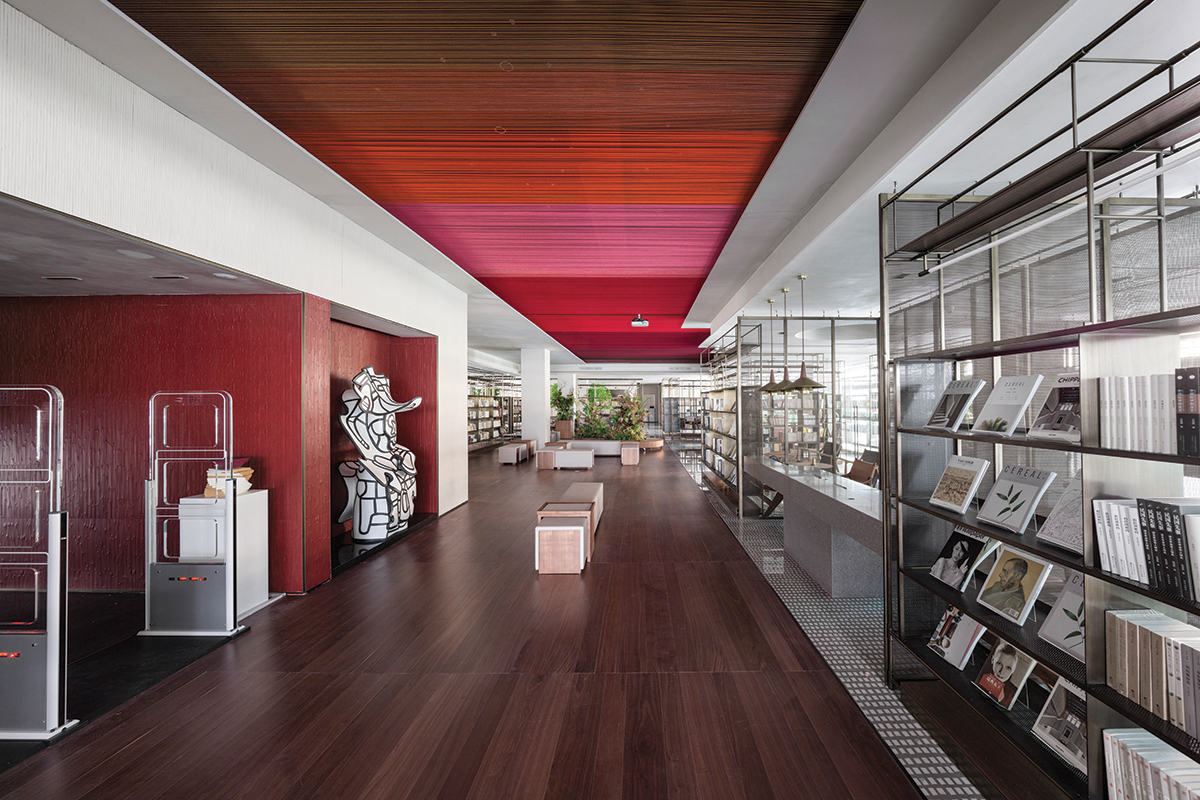
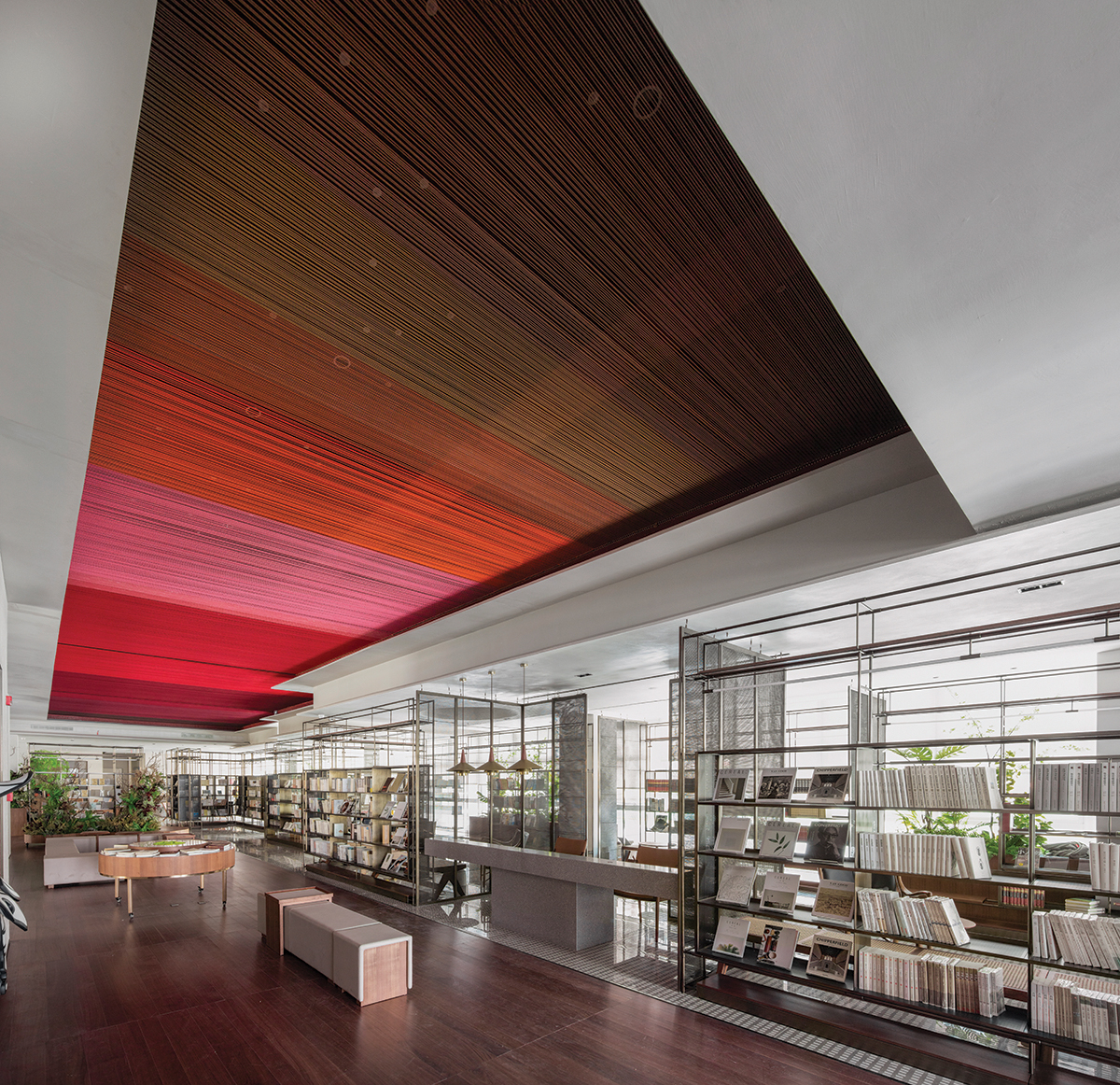
If the seating area generated by the bookshelf shape is like the corners of the paths that often interact with each other in the building and easily produces small groups, then on the central axis of the space, a relatively wide open rest area surrounded by bookshelves is the square in the village that can be used as a cultural lecture hall for convening activities, eating and chatting, facilitating more interactive behaviors. People will come out from behind the book, gather together and build more possibilities. In order to strengthen the concept of cohesion, the ceiling between the bookshelves is a low-key and plain plane, but we keep the height of the house above the open area and paint it with amber red, then build a dense and complicated installation lines, such as interpersonal networks, and naturally draw the boundaries between activities and reading / community and individuals with an artistic vocabulary. Not to rush to define it, people can move around freely, leisurely imagine and enjoy cultural mobility.









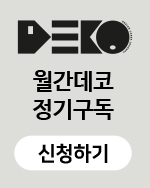
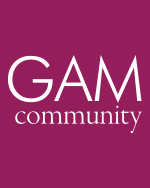
0개의 댓글
댓글 정렬